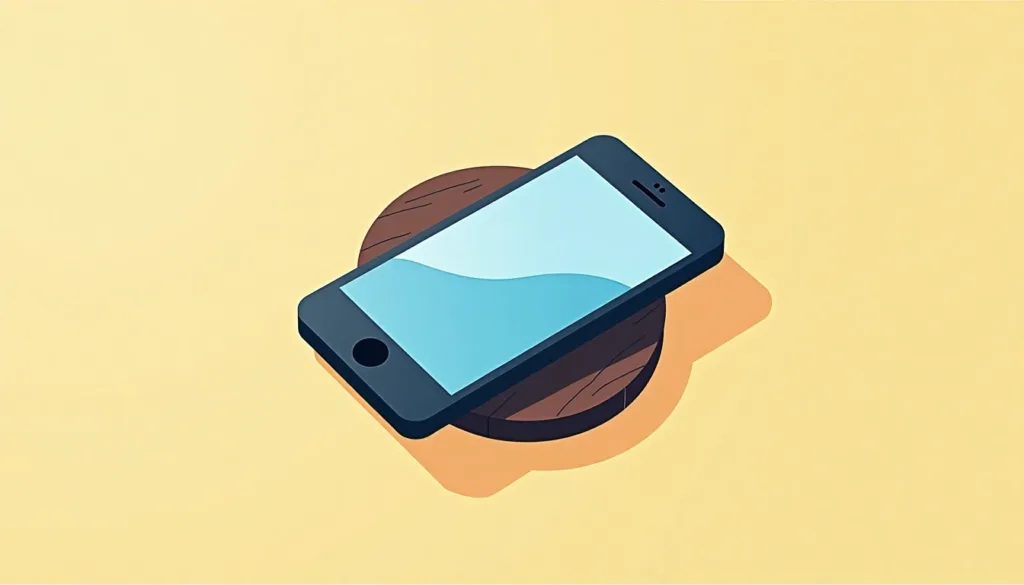When you purchase through links on our site, we may earn an affiliate commission. This doesn’t affect our editorial independence.
Wireless_charging, which offers unmatched convenience that almost appears miraculous, is completely changing the way we power our gadgets. As with any invention, though, questions are raised over how it may affect battery health. This article addresses common questions, and describes how wireless charging works.
How does wireless_charging work?
Electromagnetic induction is the method used in wireless chargers. The wireless chargers and gadgets have copper coils within. In order to charge the battery, the charger’s transmitter coil generates a magnetic field, which your device’s reception coil converts into electrical energy.
The design of these coils minimizes the possibility of overheating by emphasizing efficiency and efficient heat management.
It’s Important to Align: For energy transfer to be effective, the coils must be correctly oriented. Improper alignment of components can lead to increased stress on the battery, longer charging periods, and inefficient energy use.
Common Concerns People Have:
1. Heating
Wireless_charging uses electromagnetic radiation, and for that reason it can generate heat. The performance and battery life of your phone can be affected by excessive heat. Make sure your phone and charger are placed in an area with adequate ventilation to avoid this. Because they can retain heat, avoid charging on soft surfaces like beds. Think of chargers that have integrated cooling capabilities.
2. Speed of Charging
Compared to its wired version, wireless charging is frequently slower. While this has no detrimental effect on the battery, people with hectic schedules may find it inconvenient. Select a high-end wireless charger with quick charging features. Verify the compatibility of your device to increase productivity.
3. Cycles of Battery Charging
A full discharge and recharge of the battery is referred to as a charge cycle. Completing full charge cycles on a regular basis can eventually deteriorate battery health. Make sure your battery is between 20% and 80% charged. This optimal equilibrium reduces undue strain and prolongs battery life.
Some Helpful Tips to Maximize Your Battery Life
1. Maintain an Ideal Range for the Charge
To get the best performance, try to keep your battery level between 20% and 80%. Battery wear and tear can be reduced by maintaining this range consistently.
2. Limit Fast Charging
Fast charging generates more heat, which could accelerate the battery’s eventual degradation. Make sparing use of it and use more of regular charging.
3. Purchase High-Grade Accessories
Cheap chargers and cords might initially appear to be a cost-effective option, but they might cause serious problems down the road. Choose reputable companies and goods that are made especially to work well with your gadget.
Check Out Our Previous Posts
4. Limit Heat Exposure
Store your charger somewhere cool and well-ventilated. When your device is charging, avoid power-hungry activities like gaming or streaming videos.
5. Don’t Overcharge
Even while many modern gadgets have safeguards against overcharging, it’s always a good idea to unplug your phone when it hits 80–90% if at all possible.
For contemporary tech users, wireless charging provides unmatched ease. It doesn’t harm your battery directly, but improper handling or negligence might cause problems.
Understanding the subtleties of wireless_charging and forming sensible habits can help you get the most out of it while maintaining the best possible condition for your device. Optimizing your battery’s performance simply requires striking a balance between the correct handling of devices, and using reliable accessories.
